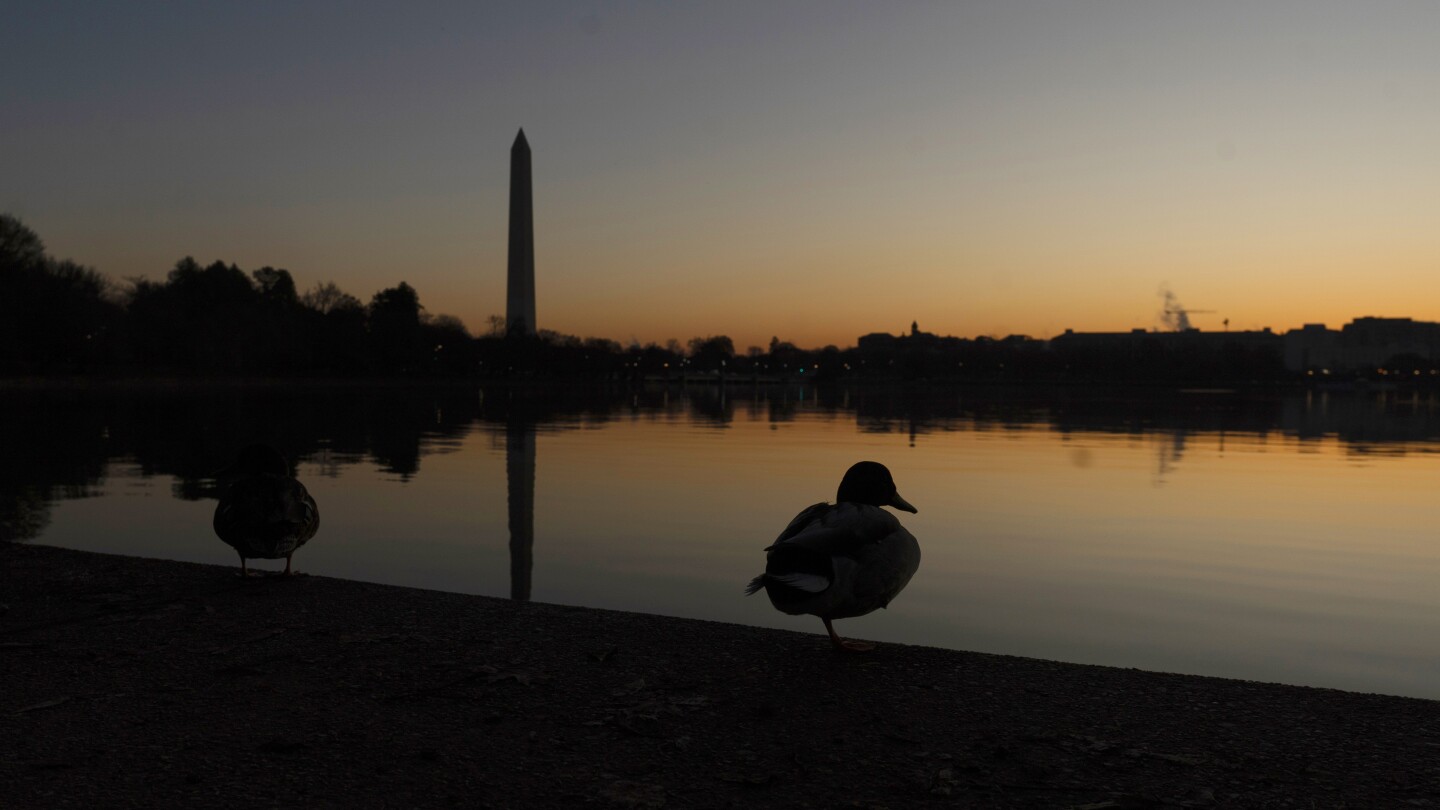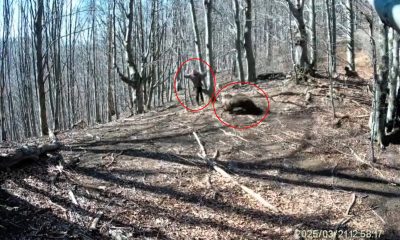Science
Ducks were once a conservation bright spot. Now they’re declining in the US, new report shows

The Alarming Decline of North American Bird Populations
1. A Stark Reality: The Plight of North America’s Birds
In recent years, the world has witnessed a troubling trend in North America’s bird populations. A comprehensive report reveals that at least 112 bird species have seen their numbers plummet by over half in the past five decades. This significant decline highlights a pressing environmental issue that demands immediate attention. Among the affected species are the Allen’s hummingbirds, Florida scrub jays, and yellow-billed magpies, each facing unprecedented threats to their survival. The primary culprits behind this sharp drop are habitat destruction and the adverse effects of climate change, such as severe droughts that have devastated the wetlands of the Great Plains.
2. Diverse Species and the Pressing Threats They Face
The report underscores the diversity of species affected, each with unique characteristics and ecological roles. The golden-cheeked warblers, tricolored blackbirds, and other bird species are struggling to adapt to rapidly changing environments. These birds, once abundant, now teeter on the edge of decline, their habitats shrinking alarmingly. The tricolored blackbird, for instance, has faced significant challenges in finding suitable breeding and feeding grounds, while the golden-cheeked warblers confront the loss of their favored forests. Each species’ decline is a testament to the broader environmental challenges we face.
3. Collaborative Conservation: A United Effort for Change
The study, a collaborative endeavor involving esteemed institutions like Cornell University and Ducks Unlimited, brings together extensive data from the U.S. Geological Survey and citizen science projects like Cornell’s eBird. This partnership exemplifies the power of collaboration in addressing ecological crises, leveraging both professional expertise and community involvement to gather comprehensive insights. By pooling resources and knowledge, these organizations have provided a clear picture of the challenges ahead, emphasizing the need for collective action to protect these birds.
4. Habitats Under Threat: The Invisible Victims of Progress
Habitats, crucial for the survival of these bird species, are under siege from human activities and climate change. Grasslands, once vast, have shrunk significantly, impacting grassland birds like the Bobolink. The prairie pothole region, a vital nesting ground for waterfowl, is drying up due to droughts, disrupting the delicate balance of these ecosystems. Coastal regions and forests face similar threats, leaving birds without the necessary resources to survive. The loss of these habitats not only affects birds but also signals broader environmental degradation, impacting all life forms dependent on these areas.
5. The Role of Conservation: Past Successes and Future Opportunities
Conservation efforts have historically shown that positive change is possible. The recovery of bald eagles, egrets, and osprey stands as a testament to effective conservation strategies. These success stories highlight the potential to reverse current declines through targeted actions. Experts emphasize that conservation is not merely about saving birds but also about preserving the intricate web of life that binds ecosystems together. By learning from past achievements and applying proven strategies, there is hope for stemming the tide of bird population decline.
6. A Call to Action for the Future: Urgency and Opportunity
The report serves as a wake-up call, urging immediate action to protect North America’s bird populations. The expertise exists, the data is clear, and the need is urgent. Each species lost is a thread pulled from the tapestry of life, unraveling the balance of nature. The choice is ours: to act with the knowledge we have, prioritizing habitat preservation and implementing effective conservation plans. The next chapter in this story can be one of recovery and renewal, but it requires collective will and determination. The future of these birds, and the ecosystems they inhabit, hangs in the balance.


















